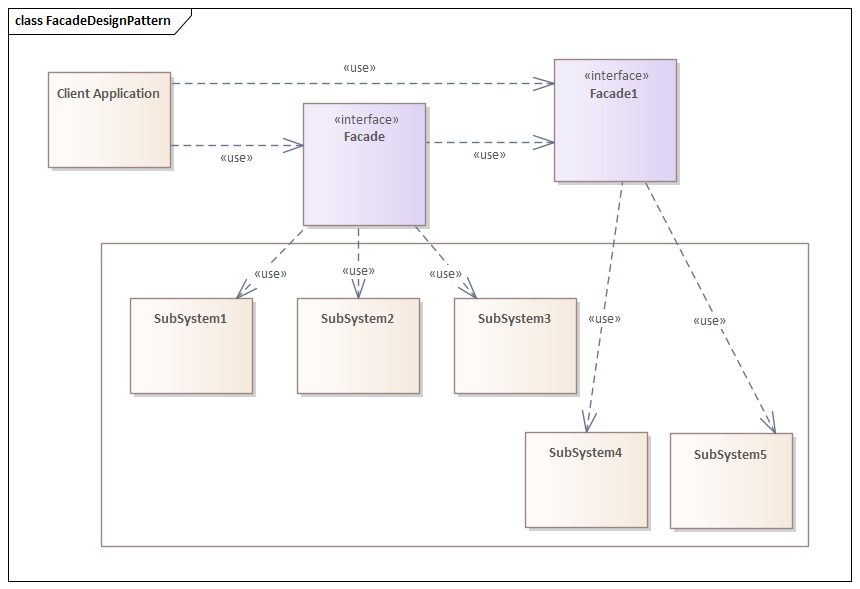Top Behavioral Design Patterns With Real Examples In Java by Amirhosein Gharaati Javarevisited
Table Of Content

The template method pattern is a behavioral design pattern and is used to create a method stub and to defer some of the steps of implementation to the subclasses. The template method defines the steps to execute an algorithm, and it can provide a default implementation that might be common for all or some of the subclasses. The decorator design pattern is used to modify the functionality of an object at runtime. At the same time, other instances of the same class will not be affected by this, so the individual object gets the modified behavior.
Template Method Pattern
However, this will lead to the create(AccountType type) method becoming increasingly bloated. It knows which building steps to call to produce this or that car model. Unlike other creational patterns, Builder doesn’t require products to have a common interface. That makes it possible to produce different products using the same construction process.

3 Mediator Method
The state pattern is used to alter an object’s behavior when its state changes. In the programming works, examples of the Iterator class and the enhanced for loop in Java are examples of the Iterator pattern. As long as the interface of the facade remains the same, the implementation details of the subsystem can change. Similar to that, in programming, you might have to program interactions with remote objects.
Disadvantage of the Visitor Design Pattern
AccountFactory takes an AccountType as input and returns a specific BankAccount as output. The challenge is to find a suitable solution to create these types of Banking Accounts. The Factory Design Pattern is a promising candidate because its purpose is to manage the creation of objects as required. The interface java.lang.Runnable is also a good example of how this pattern is implemented. We create threads in Java by extending the Runnable interface, which has all the logic for execution in its start() method. When we want to create and start a thread, we pass this class to the start() method.
Top 5 Object Oriented Programming and Design Courses for Programmers - hackernoon.com
Top 5 Object Oriented Programming and Design Courses for Programmers.
Posted: Wed, 19 Sep 2018 07:00:00 GMT [source]
The template method pattern is all about doing the high-level steps and leaving the low-level details to the subclasses. The subclasses can override the low steps and provide their own implementation. The singleton pattern is the most famous among all the design patterns. What this pattern does is very clear from its name — it allows only one instance of a class per JVM at any point in time. Design patterns, as name suggest, are solutions for most commonly (and frequently) occurred problems while designing a software.
New to Software Development? Start here.
The adapter design pattern is one of the structural design patterns and is used so that two unrelated interfaces can work together. The object that joins these unrelated interfaces is called an adapter. The factory design pattern is used when we have a superclass with multiple subclasses and based on input, we need to return one of the subclasses.
The Interpreter pattern defines a representation for a language's grammar and provides an interpreter to evaluate expressions in the language. It's useful when you want to create a simple language or parse a complex expression. The Decorator pattern allows you to attach additional responsibilities to an object dynamically.
They definea common language that helps your teamcommunicate more efficiently. The state design pattern is used when an Object changes its behavior based on its internal state. The state pattern is used to provide a systematic and loosely-coupled way to achieve this through context and state implementations. One of the best examples of this pattern is the Collections.sort() method that takes the Comparator parameter. Based on the different implementations of comparator interfaces, the objects are getting sorted in different ways. A design patterns are well-proved solution for solving the specific problem/task.
Types of Structural Design Patterns in Java:
J2EE Patterns are concerned about providing solutions regarding Java EE. These patterns are widely accepted by other frameworks and projects, like for an example Spring. Design patterns differ by their complexity, level ofdetail and scale of applicability. In addition,they can be categorized by their intentand divided into three groups. Model-View-Controller (MVC) Pattern is one of the oldest architectural patterns for creating web applications.
However, whether to use the shallow or deep copy of the object properties depends on the requirements and is a design decision. Provides an interface for creating objects in a superclass, but allows subclasses to alter the type of objects that will be created. Adapter Method is a structural design pattern, it allows you to make two incompatible interfaces work together by creating a bridge between them. In the previous modules, you were introduced to a variety of design patterns, and applied two of these to the example Android code base. Now, in the final module of the course, you will identify and fix specific code smells in this code base.
What we have inside the Coffee is a Builder, to which we pass the mandatorytype of the coffee. Chained to that call, we make other calls adding in our preferences of the other ingredients. The object with the initial setup of the chessboard is the prototype. This catalog of common problems and their solutions is labeled as GOF (Gang of Four) Design Patterns. An attempt was made by a group of four people, famously called the “Gang-Of-Four” or GoF, to come up with a set of common problems and solutions for them, in the given context.
Comments
Post a Comment